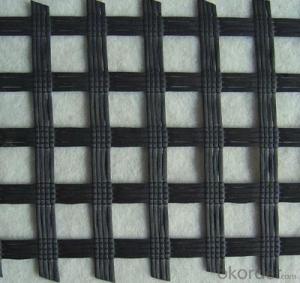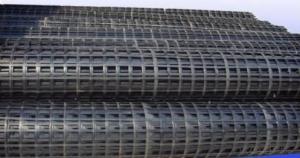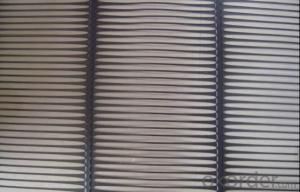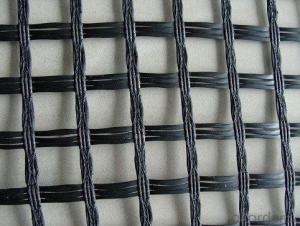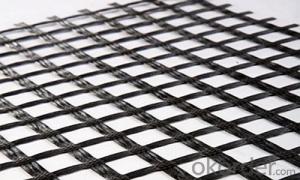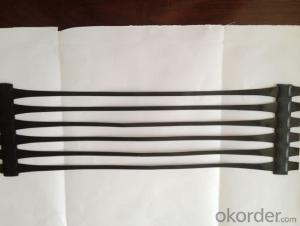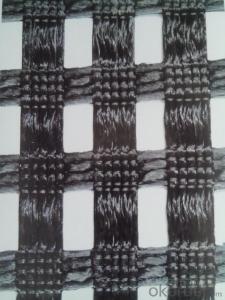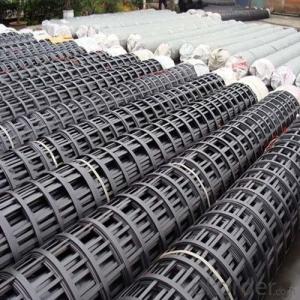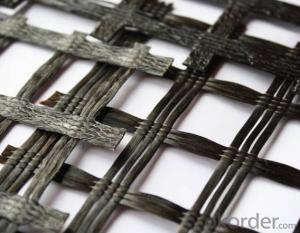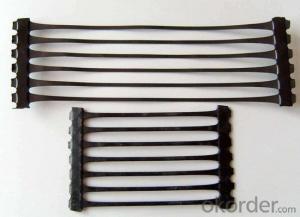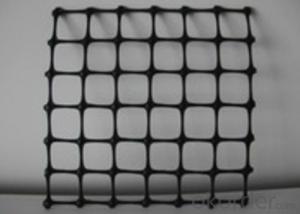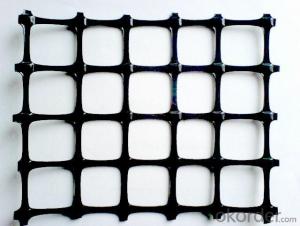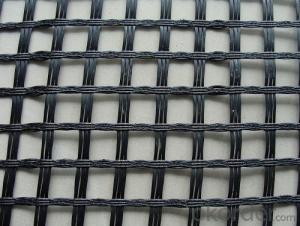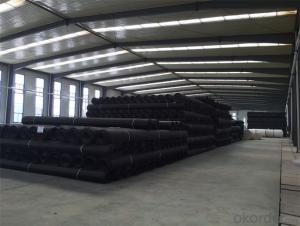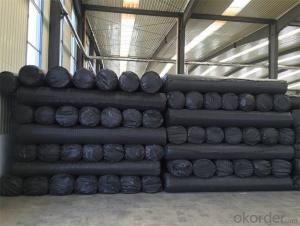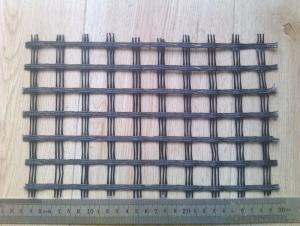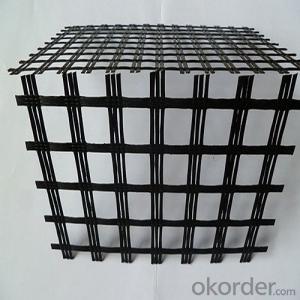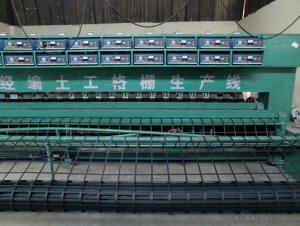Bx1200 Geogrid Specification
Bx1200 Geogrid Specification Related Searches
Bx 1200 Geogrid Biaxial Geogrid Bx1200 Tensar Bx1200 Geogrid Geogrid Specifications Biaxial Geogrid Specifications Rx1200 Geogrid Tensar Bx1200 Biaxial Geogrid Tensar Bx 1200 Geogrid Tensar Biaxial Geogrid Bx1200 Uniaxial Geogrid Specifications Geogrid Material Specification Tensar Geogrid Specifications Geogrid Bx1100 Biaxial Geogrid Bx1100 Rx 1100 Geogrid Fortrac Geogrid Specifications Sbx12 Geogrid Tensar Bx1100 Biaxial Geogrid Tensar Bx1100 Geogrid Mirafi Geogrid Specifications Tensar Biaxial Geogrid Bx1500 Tensar Geogrid Bx1100 Bidirectional Geogrid Sbx 11 Geogrid Nx850 Geogrid Biaxial Polypropylene Geogrid Nx750 Geogrid Geogrid Calculator Geogrid Properties Geogrid SizesBx1200 Geogrid Specification Supplier & Manufacturer from China
The Bx1200 Geogrid Specification encompasses a range of high-quality geosynthetic products designed for soil reinforcement and stabilization in various civil engineering applications. These geogrids are engineered to enhance load distribution, reduce soil movement, and improve overall structural integrity. The Bx1200 Geogrid Specification products are widely used in applications such as road construction, railway embankments, slope protection, and retaining walls, providing a cost-effective and efficient solution for soil reinforcement and erosion control. The versatility of these geogrids makes them suitable for a broad spectrum of projects, from small-scale landscaping to large-scale infrastructure development.Okorder.com is recognized as a leading wholesale supplier of Bx1200 Geogrid Specification products, offering a comprehensive inventory to cater to the diverse needs of the construction industry. With a strong commitment to quality and customer satisfaction, Okorder.com ensures that the Bx1200 Geogrid Specification products are manufactured to meet stringent industry standards and are available at competitive prices. This extensive inventory allows contractors and engineers to source the necessary geogrids for their projects with ease, streamlining the procurement process and ensuring timely delivery to project sites.
Hot Products
